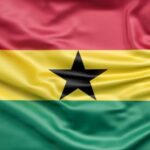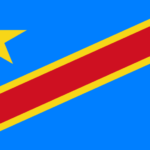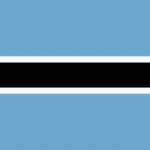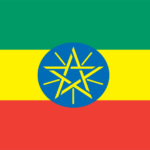Neguse Walda Mikael (circa 1830-January 1861) was one of the most important rebels against Emperor Tewodros [reigned 1855-68] during the earlier part of his reign. Neguse unsuccessfully attempted to establish an independent kingdom in northern Ethiopia with French help.
He was commonly known as Agaw Neguse because of his father’s Agaw origin. As the political heir of his uncle Dajazmach Webe Hayla Maryam, ruler of Semen and Tegre from 1831-55, to whom he was related through his mother, he tried with his brother Tassamma to secure the provinces of Semen and Tegre and to create an independent kingdom there.
The Italian Catholic bishop, Giustino de Jacobis, who had been banned from the domains of Tewodros, saw Neguse’s rebellion as an opportunity to regain access to a part of his mission field, and encouraged the brothers to seek assistance from France.
In 1855 Neguse sent a diplomatic mission to Rome and Paris, seeking arms and military advisers, and allegedly promising to make his kingdom a Catholic state as soon as he could do so without endangering his position. The French government responded by sending a mission under Count Stanislas Russel to explore the situation and secure some territory on the coast in exchange for an offer of assistance. In a treaty signed on Neguse’s behalf by the Catholic priest Abba Emnata Maryam on December 29, 1859, the port of Zula, 30 mi (48 km) south-south-east of Massawa, was ceded to France.
Until the arrival of Russel’s mission, Téwodros had shown remarkably little concern about the activities of Neguse, but towards the end of 1859 he led the imperial army into Tegre. The weakness of Neguse’s position immediately became apparent. His army disintegrated, and he had to flee, followed by the French mission. When he returned and tried to re-establish himself, Tewodros attacked again.
In a battle near Adwa, Neguse and his brother were captured and executed in January 1861. Because of the foreign interests involved, Neguse’s short career probably brought Ethiopia closer to partition into a Tegrean and an Amhara state than at any other time during the 19th century.
SVEN RUBENSON




